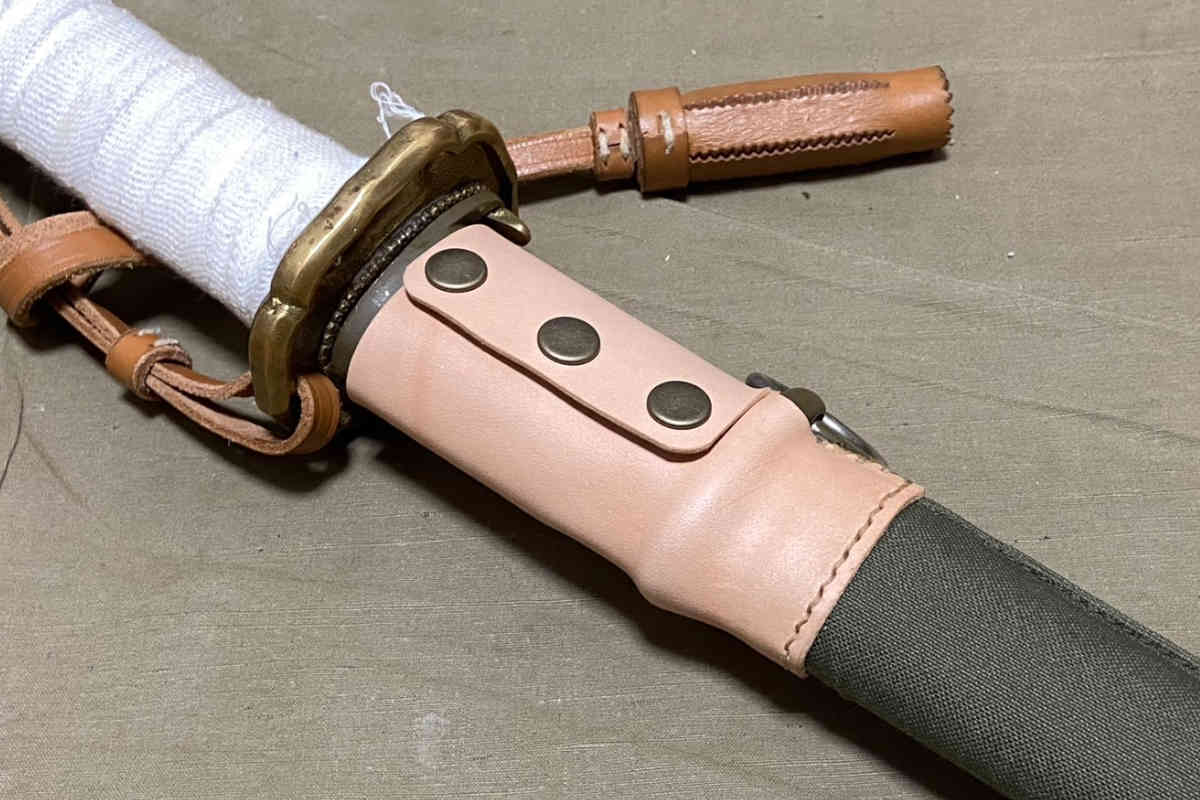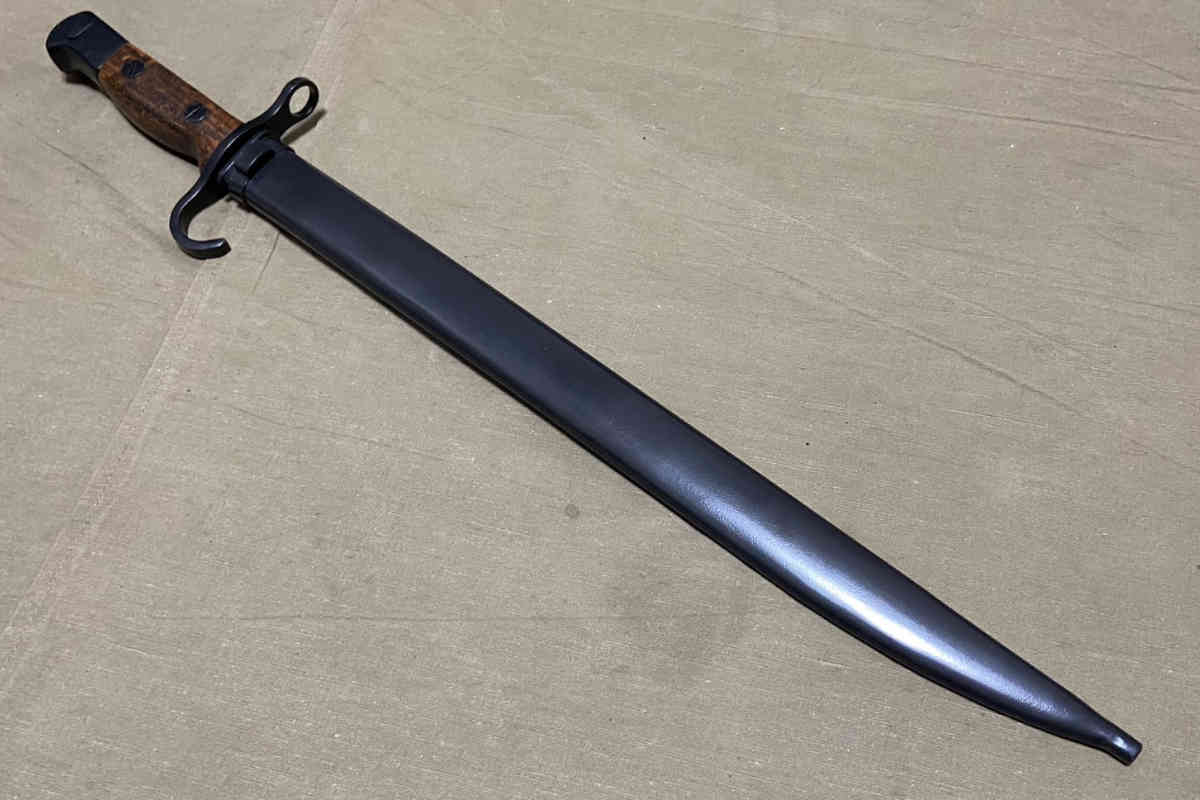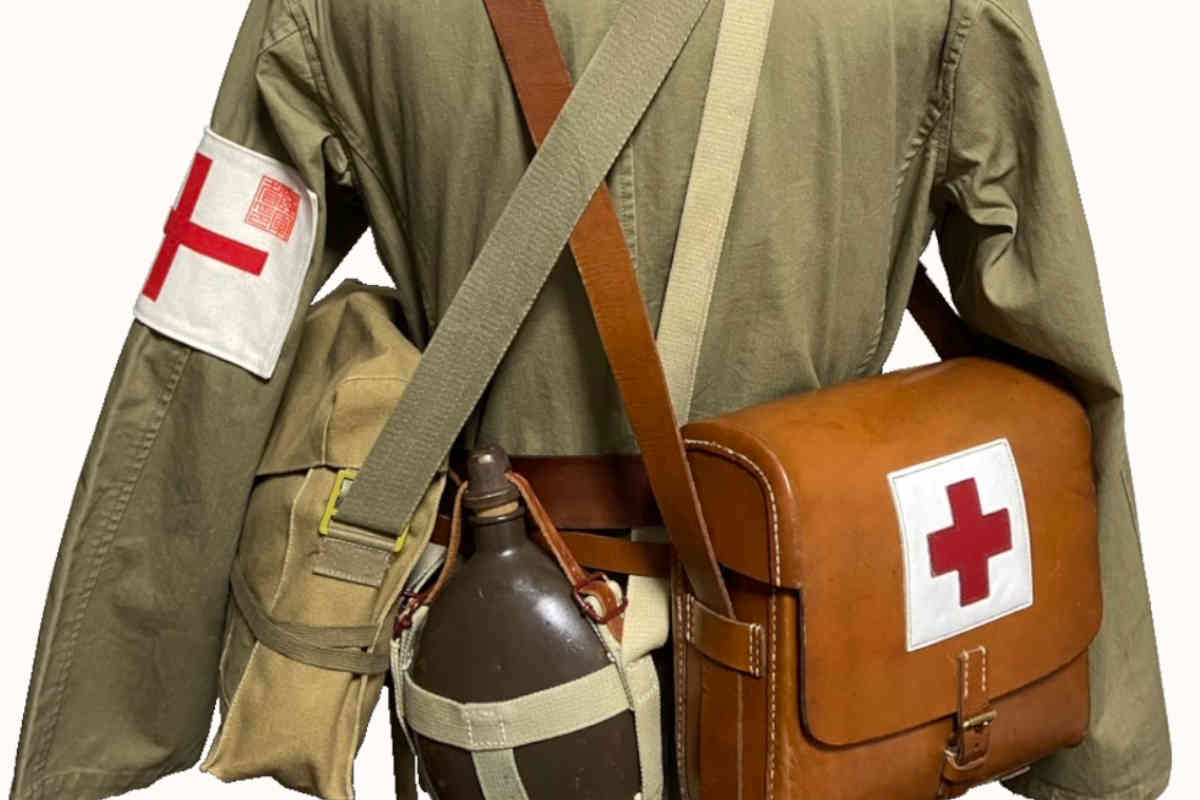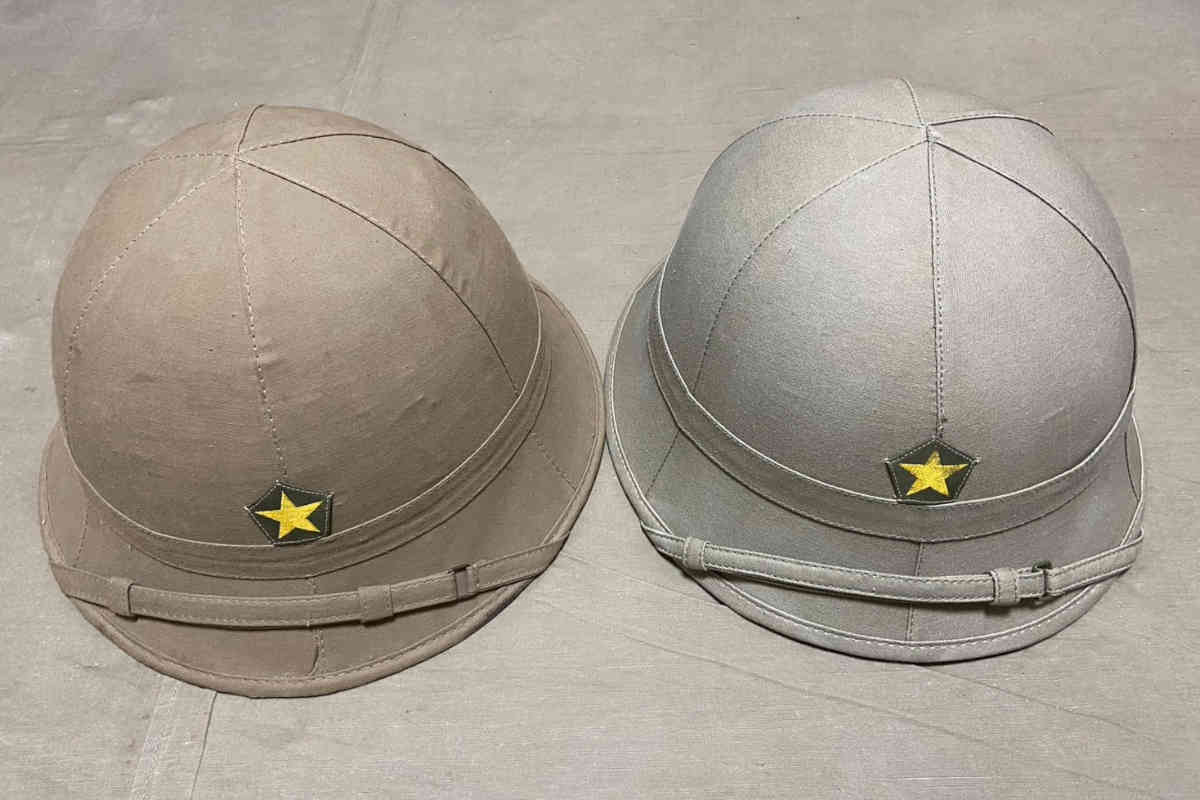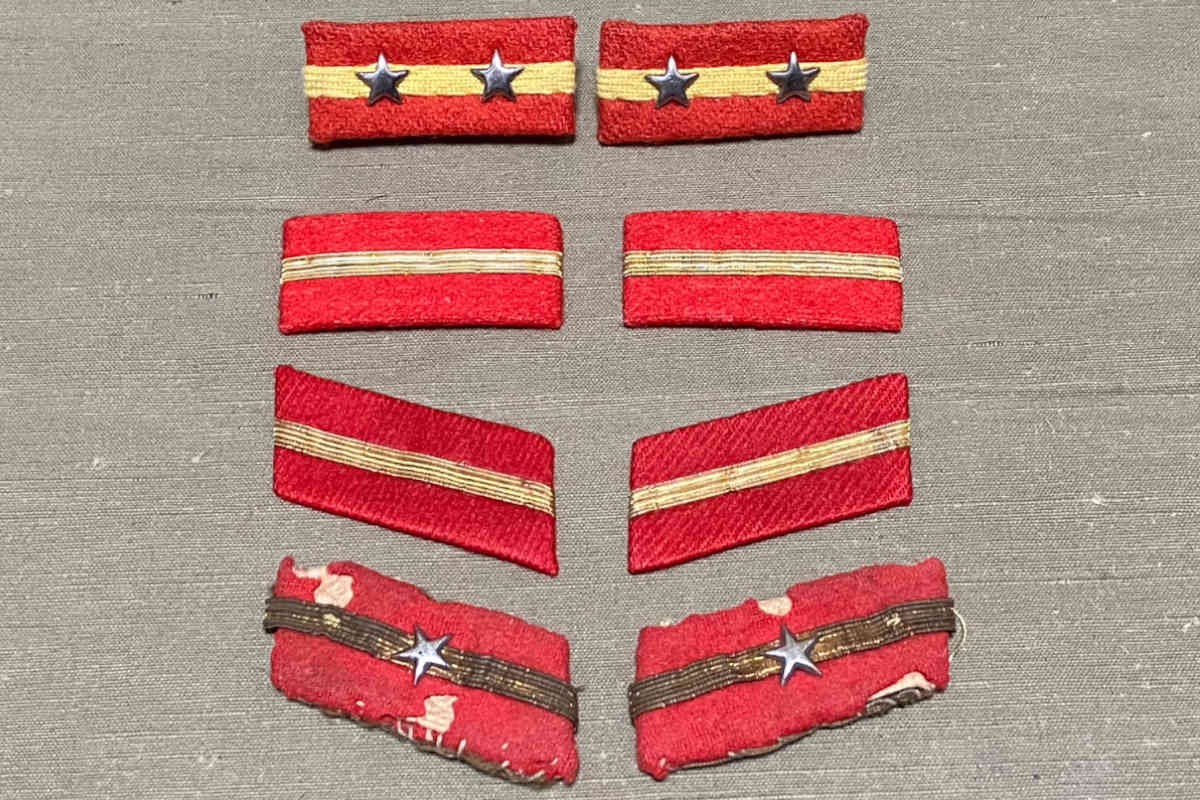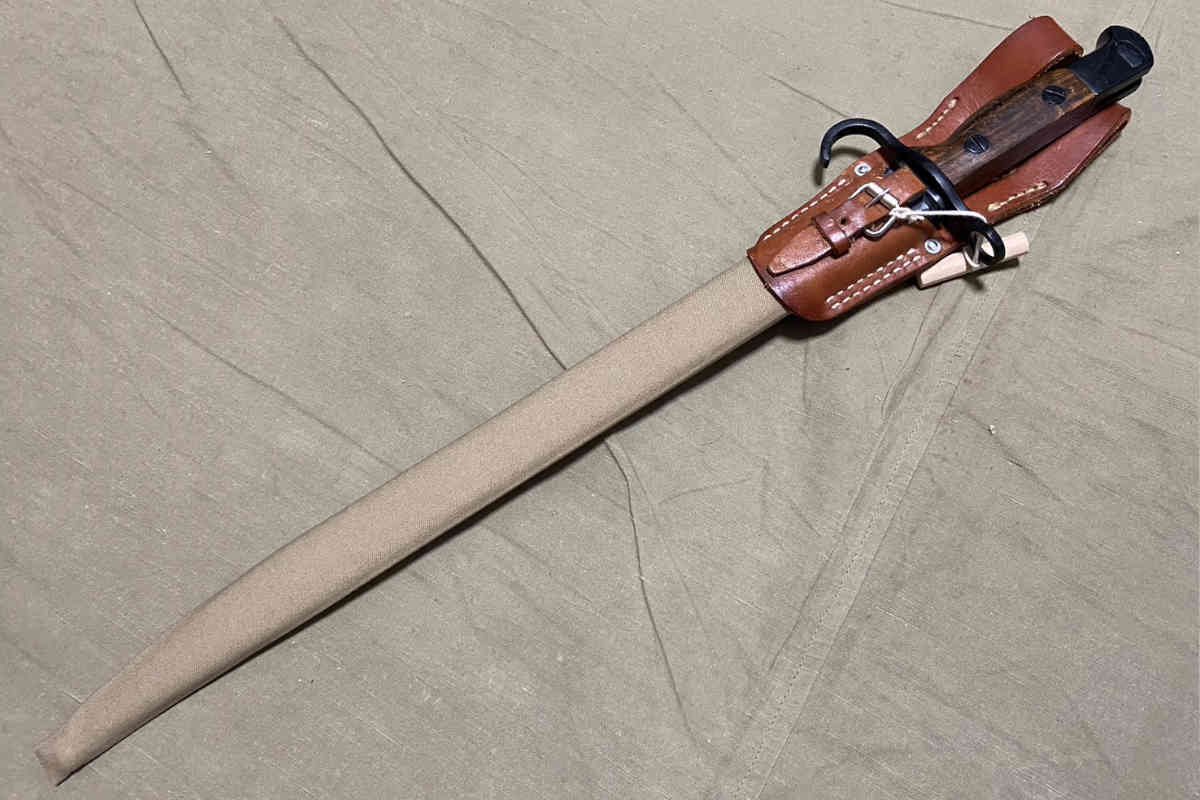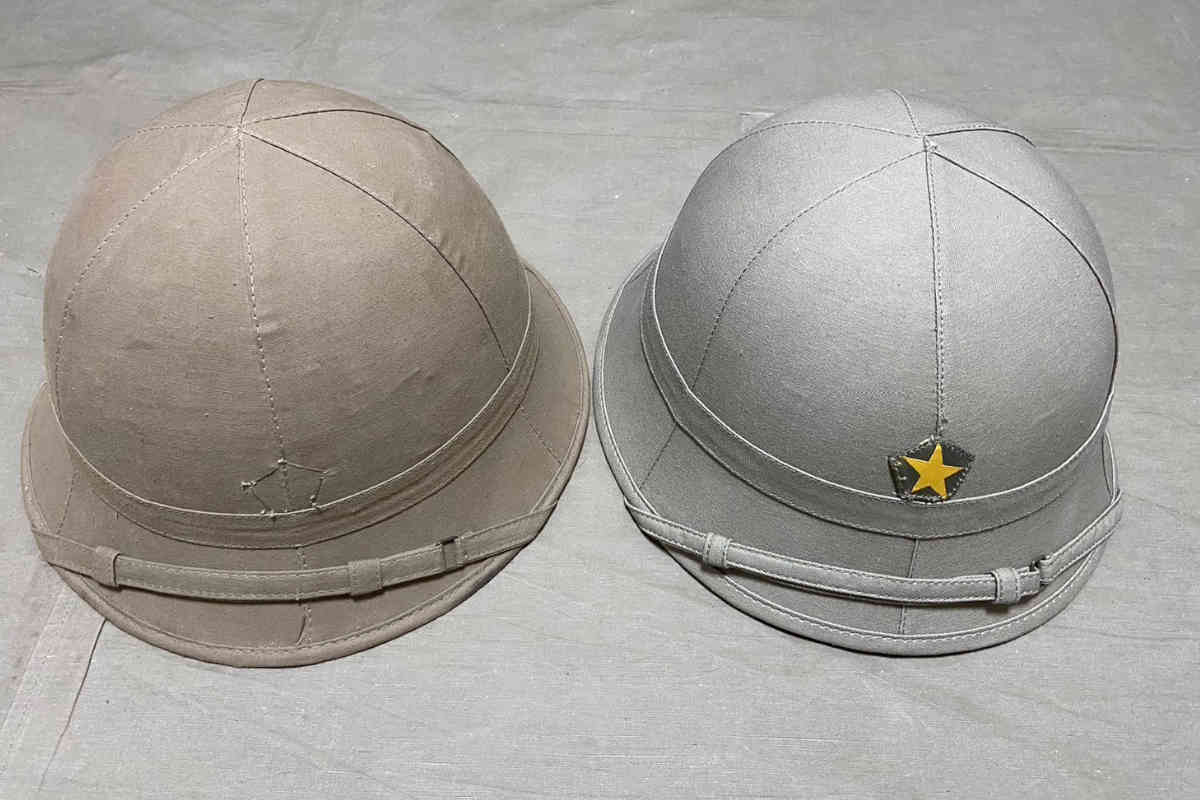Scabbard Cover for Type 95 Sword
The Type 95 sword was a regulation-issue military sword used by non-commissioned officers and soldiers of the Imperial Japanese Army who were required to wear swords, such as cavalry, military police and transport corps. Although I don’t own an original Type 95 sword, I do have a replica made by PK Militaria. Even as a replica, it is quite expensive. After wearing it during outdoor games, the scabbard ended up covered in scratches. I had…
